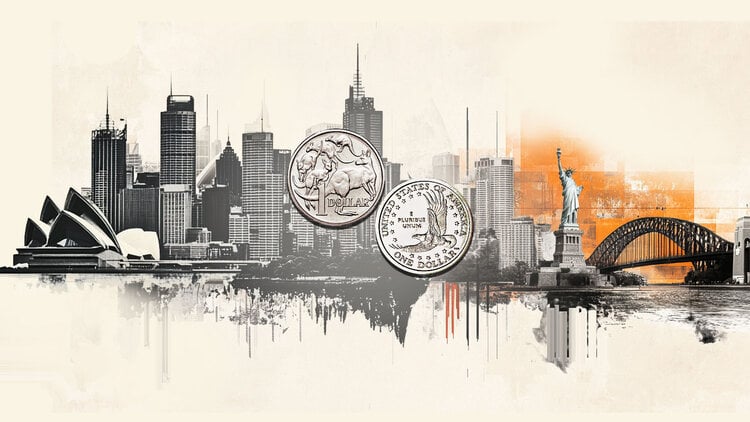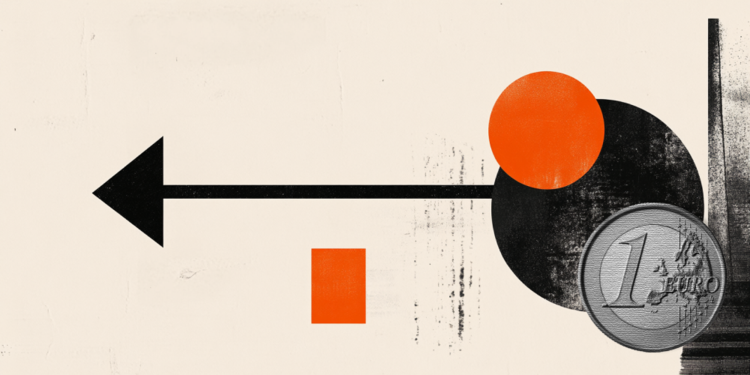The first national test of the 2022 Demographic Census confirmed that there are more women than men in the Brazilian population. Depending on the region, one in four inhabitants is elderly.
The preliminary results, released this Thursday (17) by the Brazilian Institute of Geography and Statistics (IBGE), refer to the census survey conducted between November and mid-February, in locations in the 27 Federation Units.
The IBGE reminds that all the places visited in the national test will be censused again from August 1st, when the official collection of the Demographic Census begins throughout the country.
“The collection starts in August, but in the previous month there will already be field workers doing research around households, where our agents travel street by street in the country to get to know the territory”, recalled the director of Geosciences at IBGE, Claudio Stenner, on collecting information about urban characteristics, such as the existence of pavement, quality of sidewalks, bus stops and bike paths, for example.
Stenner says that the test showed the need for different adjustments in the census operation, from operational, technological, to adaptations of the vocabulary of the guidance manual on collection.
“For example, a guideline phrase in the manual in Rio de Janeiro everyone understands well, but in Maranhão there was some interpretation doubt. Got corrected. These are small adjustments,” said the director. “We are thinking about the last details.”
“Everything has been exhaustively evaluated and is being adjusted within the work areas”, corroborated Luciano Tavares Duarte, from the Technical Management of the IBGE Demographic Census.
Visits to 59 thousand addresses
In the national test, census takers visited 59,535 addresses, 39,477 of which were occupied by residents.
The technicians were able to carry out 38,371 interviews: 98.1% in person, 1.3% on the internet and 0.6% by telephone.
The result means that 111,184 people were registered in the 27 locations selected for the test.
The first results showed that this universe was composed of 57,514 women (51.7% of the total) and 53,670 men (48.3%).
The place with the highest proportion of women was the neighborhood of Amaralina, in Salvador, Bahia, where they represented 56.3% of the population.
Only eight locations visited had more men than women: Tigrinhos (SC), Jardim Olinda (PR), Lagoinha do Piauí (PI), Lajeado (TO), Novo Remanso (Itacoatiara/AM), Ema (Pindoretama/CE), Macujê (Aliança/PE) and Sucuri (Cuiabá/MT).
The elderly population, aged 60 years and over, totaled 18,575 people, or 16.7% of the total number of censuses. In Amaralina (Salvador/BA), the proportion of elderly people rose to 26% of the population.
The result was also expressive in the Araçás neighborhood (Vila Velha/ES), with 24.1% of the local population classified as elderly; Minas Brasil (Belo Horizonte/MG), with 23.3%; and Paulo de Frontin (RJ), with 22.2%. Samambaia, in Brasília, had the lowest proportion of elderly people in its population, only 7.2%.
In the 2010 Demographic Census, only 10.8% of the population were in this age group of 60 years or older. The test in Bairro Liberdade, in Porto Velho/RO, showed an increase in the number of elderly residents in relation to the last Census. In 2010, the elderly represented 8.8% of the neighborhood’s population, a proportion that has now risen to 18.3%.
The IBGE also noted that, among the nine municipalities that were fully censused, there was a reduction in the resident population in relation to the 2010 Census in two of them: Engenheiro Paulo de Frontin (RJ) and Jardim Olinda (PR).
Tigrinhos (SC) showed a population increase of 32.2% in the period. The census takers visited 1,081 addresses in the municipality of Santa Catarina, 860 of them with residents, revealing 2,322 inhabitants in the city, against a total of 1,757 in 2010, that is, 565 more people.
The census place with the largest resident population was the municipality Engenheiro Paulo de Frontin, in Rio de Janeiro, where the technicians found 12,304 inhabitants. The least populous was the municipality of Jardim Olinda, in Paraná, with only 1,391 residents.
The homes visited in the test had, on average, 2.9 residents each.
The number of inhabitants rose to an average of 3.5 persons per household in the Central Axis of the municipality of Mucajaí, in Roraima, but dropped to 2.3 persons per household in Amaralina, Salvador.
The non-response rate was 2.8% in the entire universe of occupied permanent households found in the IBGE test.
Census takers found it more difficult to obtain interviews in Mucajaí (with a non-response rate of 6.5%) and in the Liberdade neighborhood in Porto Velho (6.1%).
Source: CNN Brasil
I am Sophia william, author of World Stock Market. I have a degree in journalism from the University of Missouri and I have worked as a reporter for several news websites. I have a passion for writing and informing people about the latest news and events happening in the world. I strive to be accurate and unbiased in my reporting, and I hope to provide readers with valuable information that they can use to make informed decisions.







